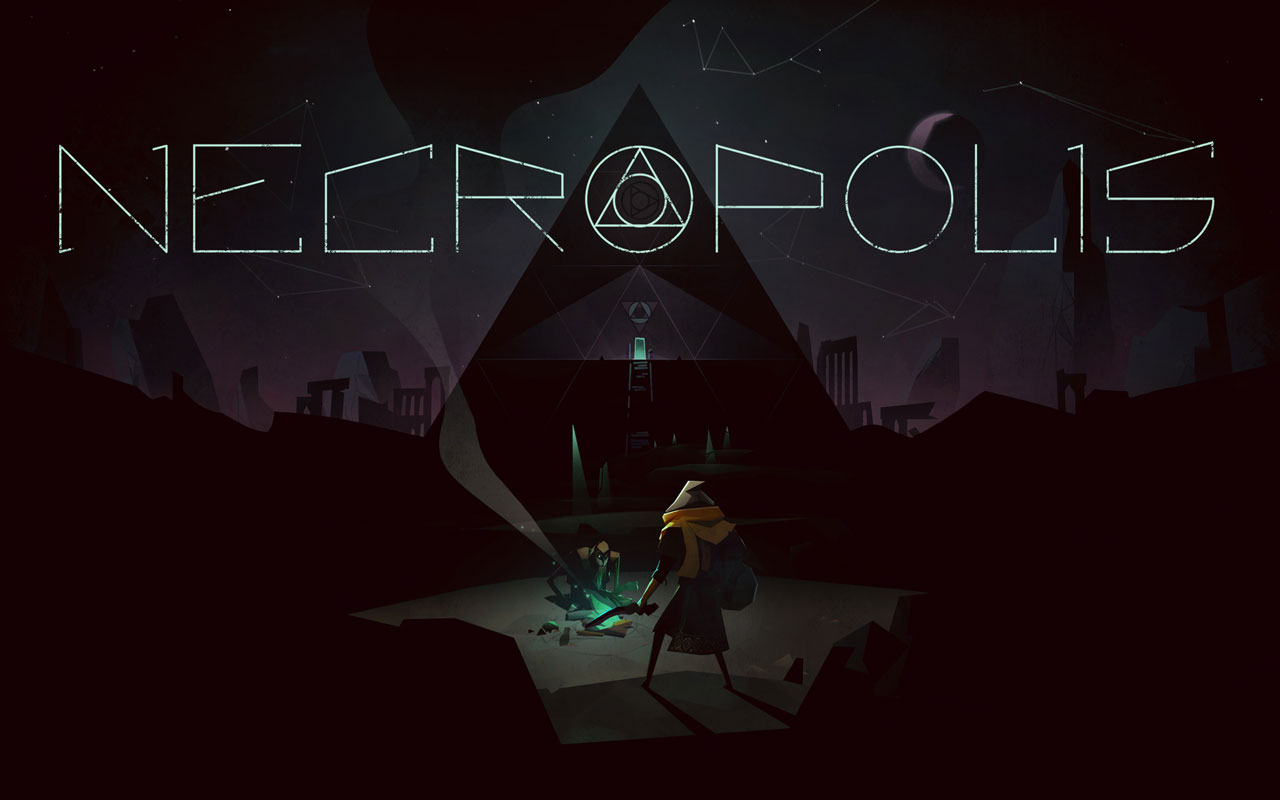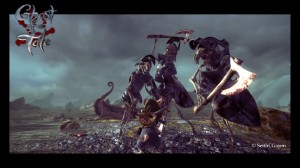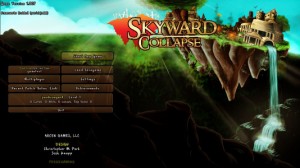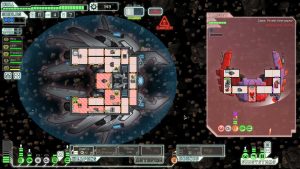The fluid nature of the video games industry, especially in the indie sector, can sometimes make titles like Art Director difficult to define. Different studios expect different things even from project to project. Art Director Mike McCain of Harebrained Schemes painted a pretty broad picture of the kinds of responsibilities his title could come with, especially considering one of the studios newer developments, Necropolis.
Necropolis is a third-person action title that pits players against the ever-changing maze once inhabited by the mysterious mage Abraxis. With plenty of arcane and mundane dangers to overcome, players will be hard-pressed to avoid the rogue like perma-death mechanics. McCain and his team also spent a lot of time developing the standout art style of Necropolis.
Having also been an Art Director on Shadowrun: Dragonfall, McCain was very excited to share some of his professional experiences, and how they factored into his role on Necropolis.
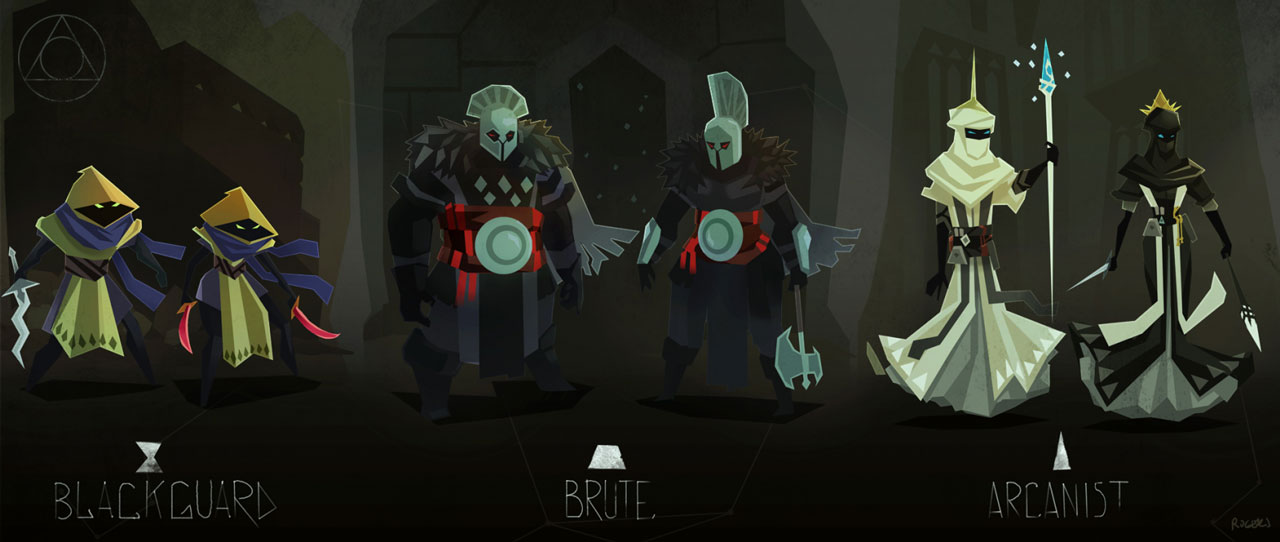
Jesse Tannous: Can you explain what your job as Art Director involves at Harebrained Schemes? Does it differ at all from the position as it would appear in other studios?
Mike McCain: Sure! It’s common for folks here at Harebrained to wear several different hats. My job has ranged everywhere from graphic design, UX, creative direction, management and production, concept art, illustration, marketing, PR, and game writing. We are not always very regimented in our job definitions, so my role as an art director here has probably been somewhat more flexible than you’d find at a larger studio. I enjoy the opportunity to tackle a lot of different challenges, though. On Necropolis, I would say first and foremost my responsibility is to make sure the game looks great and that it will resonate with players.
JT: What sort of technical, management, or communication experience is generally required for an Art Director position?
MM: You know, that’s a tough question! I think maybe you have to have “vision” more than anything. Be able to articulate a clear visual direction and rally others behind it. That can be very challenging. You should also know generally How Things Work, both within an art team and in other game-making disciplines. And be good at keeping your eye on the final product as a whole, not just individual components. (i.e., the concept art might look fantastic, but what’s the actual game look like right now? Does it feel like a cohesive thing?)
Requirements can also vary greatly depending on the project and the studio. Some art director positions are more managerial, while others can be more about establishing the right aesthetics. A small studio might be “we need you to do everything, and there’s one other artist.” Either way, good communication skills are critical. If you can’t explain your ideas, or collaborate with others to achieve them, you’re going to have a hard time of it. Lastly, you should have a well-developed sense of style and what’s “cool” – be familiar with trends in art, not just within games but in architecture, fashion, and so on. Everyone has a certain style they naturally gravitate towards, but the more you can become style-agnostic – be able to dissect, understand and recreate a variety of art styles and moods – the better you’ll be at defining a strong and unique vision that can hit a specific prompt. It’s definitely a lot to juggle.
JT: Describe the artistic direction that Necropolis is taking. How is it unique?
MM: I’m really excited about where we’ve been able to take Necropolis so far, visually. We’ve been very inspired by what I’ve been calling “contemporary low-poly”, a style that’s become really popular in graphic design over the last few years. I would say it’s a way of viewing polygons as a compositional tool, rather than a technical limitation. When you combine carefully thought-out geometry with current rendering, lighting, occlusion etc – you can get a really clean, modern look. You’ll often see this style used in graphic design to create a very bright & airy atmosphere. It’s been our goal to flip that into something darker. The Necropolis can be a bizarre and scary place…
Another big visual goal of ours has been to create a space that feels unique without being firmly rooted in a particular genre. There are many fantasy elements in Necropolis, but we don’t want it to feel married to either fantasy or sci-fi. It’s simply its’ own world that stands on its’ own visual rules.
JT: What has been the most challenging aspect of working as an Art Director in general? What specific challenges has Necropolis created for you so far?
MM: The most challenging thing about being an art director so far – at least for me! – is finding a healthy balance between being a director, and being a hands-on artist myself. This is something I really enjoy about working on a smaller team, it’s very fulfilling for me to be able to remain an individual contributor. I get antsy if I’m stretched too thin as a manager and don’t end up with the time (or energy) to paint.
Necropolis is a lot of new territory for me, there was certainly a period at the start where I struggled to shift gears from Shadowrun, which is very different both aesthetically and in the type of game it is. I feel like I was able to navigate that, fortunately, it just took a little time! Now, I’d say it’s probably just balancing the desire to continue to explore and noodle on certain ideas with production realities – some ideas may be really cool visually, but it’s best to sacrifice them if they don’t contribute enough to the core of what makes this game fun. Game development never stops being a learning experience (but I wouldn’t have it any other way.)
Looking at what is available so far it certainly seems like McCain is doing his best to make the Necropolis’ art style something that hasn’t been seen before.
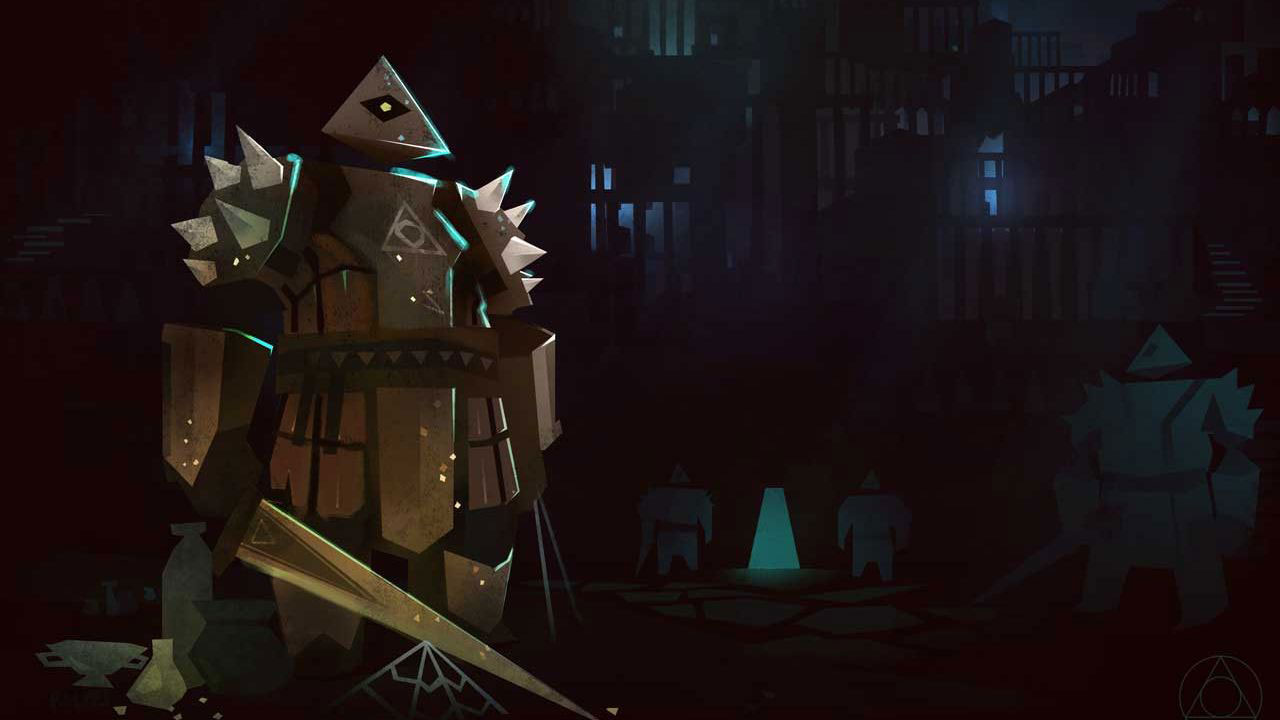
Jesse is a reporter first who just happens to love video games and enjoys writing video game related articles and interviewing industry professionals.

